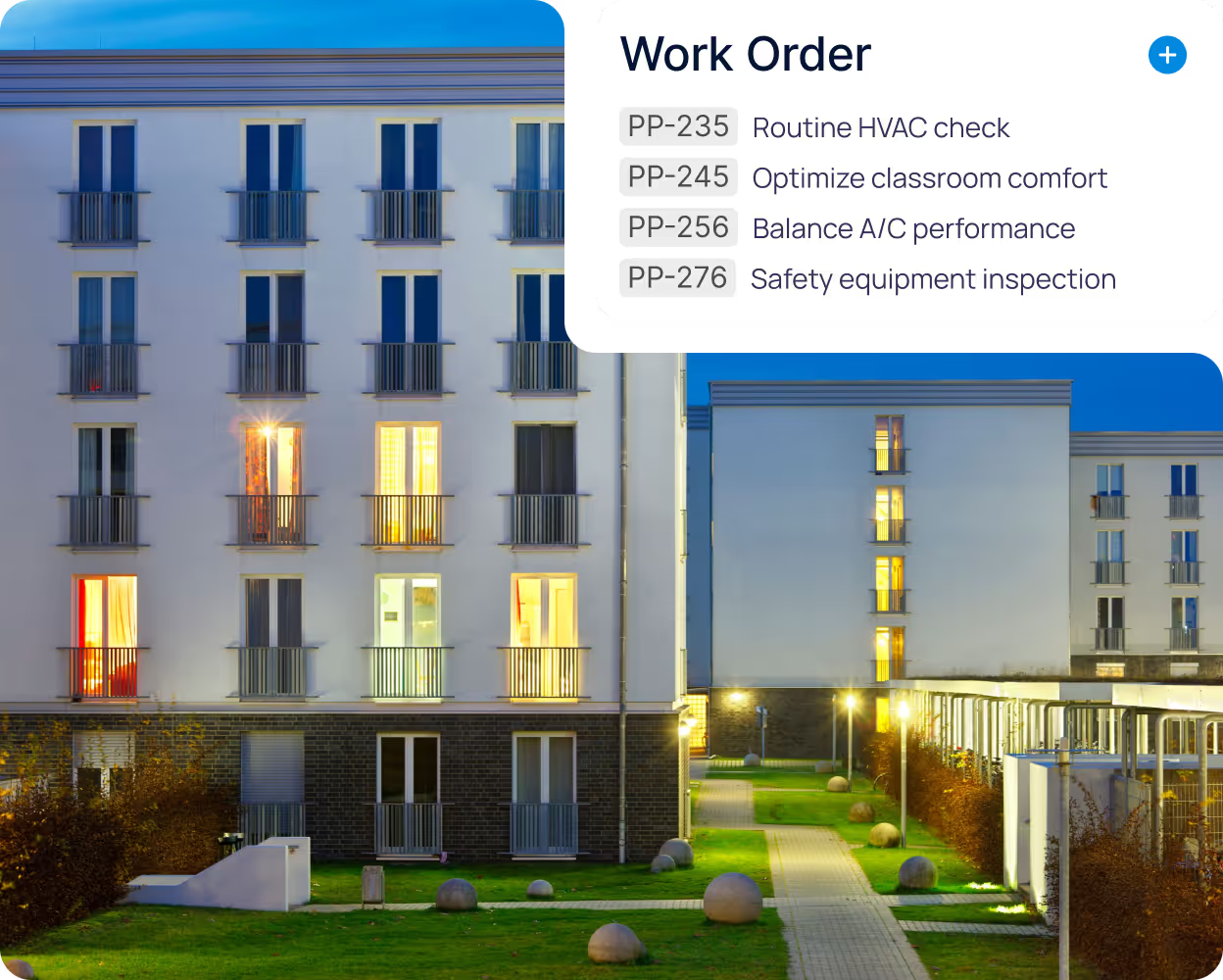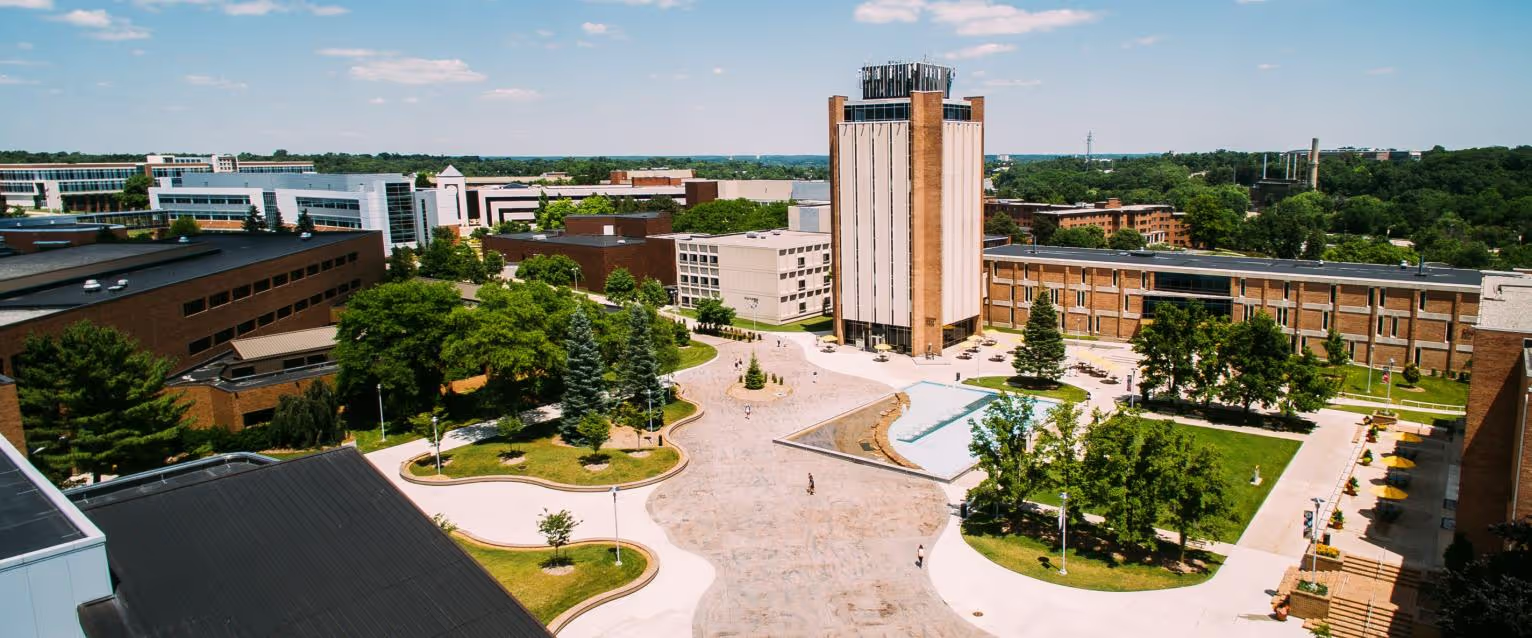Smarter campus maintenance starts here
Our comprehensive facilities maintenance and asset management software is purpose-built for the unique needs of schools, colleges, and universities. With an industry-leading 99.2% customer satisfaction rating, education leaders trust TMA Systems to keep every corner of campus running smoothly.
Request a demo%20(1).avif)
Work order management
Preventive maintenance management
Asset management
Request management
30+ years of educational sector experience




















Empowering educational institutions
Use our highly configurable facilities maintenance management software for K-12, colleges, universities, and other schools to ensure that your infrastructure and operational systems run smoothly and efficiently. Our easy-to-use CMMS and EAM solutions minimize unplanned work, delivering a better experience for teachers and students alike.

Reduce downtime & costs
Leverage software that combines preventive maintenance, real-time asset tracking, and work order automation.
Improve resource allocation
Access tools that enable smarter scheduling, workload balancing, and data-driven decision-making.
Ensure safety & compliance
Gain access to solutions that cover process automation, safety tracking, audit-ready documentation, and proactive risk management.
.avif)
TMA Systems is your right-fit solution
Outdated tech and disparate data cause unnecessary headaches and delays. TMA Systems delivers a highly configurable suite of asset management, maintenance, and risk tools tailored to help you fit all the operational puzzle pieces together.



Deliver operational excellence
Match the excellence of your educational institution with optimized operations, smooth workflows, and intuitive tools. Streamline maintenance, reduce downtime, optimize resource use, ensure safety, achieve compliance, and make data-driven decisions that improve performance.

Customization for different facility types
Whether you’re K-12, a university, or any school in between, education facilities management software from TMA Systems is easily configurable and customizable for your particular situation and needs. Move from a reactive maintenance approach to a proactive approach, no matter your structure or size.

Superior support & services
Our world-class services, training, and support are a key reason why more than 3,000 organizations have chosen TMA Systems, contributing to our industry-leading 99.2% customer satisfaction rating. Customers also value our strong user community, which offers a collaborative network of peers, insights, and shared best practices.

Facilities management software for schools
.svg)
WebTMA
.svg)
MEX Maintenance
.svg)
Virtual Facility

Eagle CMMS
Achieve operational excellence for your educational institution
Reduce downtime, achieve greater maintenance team efficiencies, and keep everyone on campus safe.
%20(1).avif)
%20(1).avif)
Drive maintenance metrics that matter
In the more than three decades that we’ve spent enabling schools to improve facility maintenance and asset management, we’ve helped our customers drive value with measurable results.
Report decreases in unplanned downtime
Average reduction in operational and maintenance costs
Average increase in serviceable life of equipment
%20(1).avif)
%20(1).avif)
Explore insights
%20(1).avif)
%20(1).avif)
%20(1).avif)
Elevate your educational environment
Streamline your maintenance operations, achieve greater efficiencies, and avert disruptions to the classroom.




.svg)




%20(1).avif)